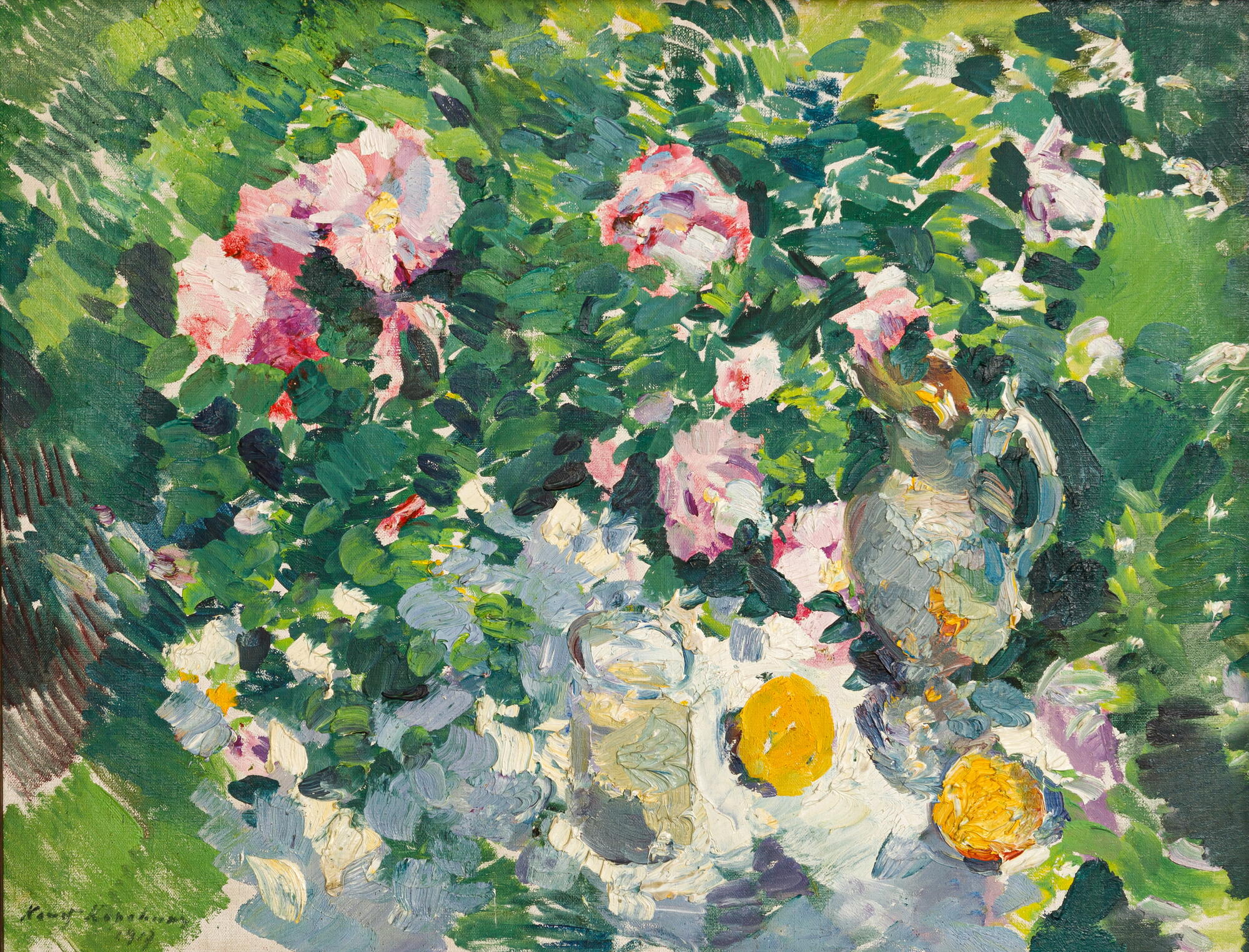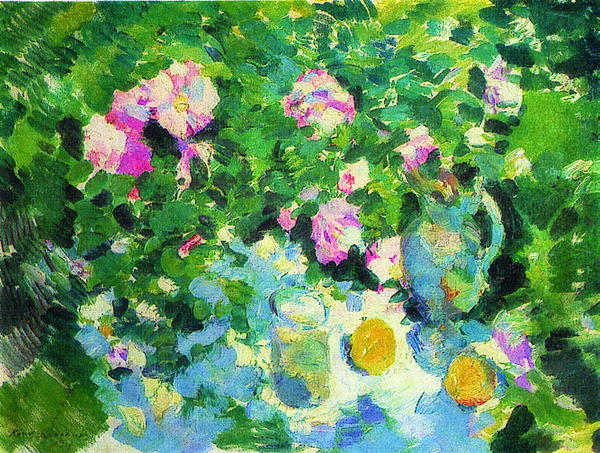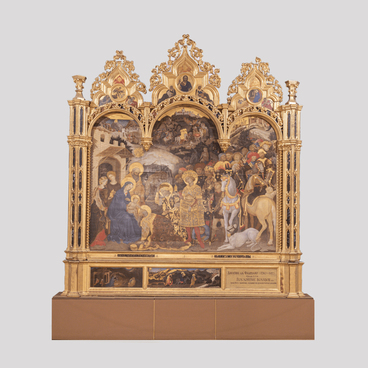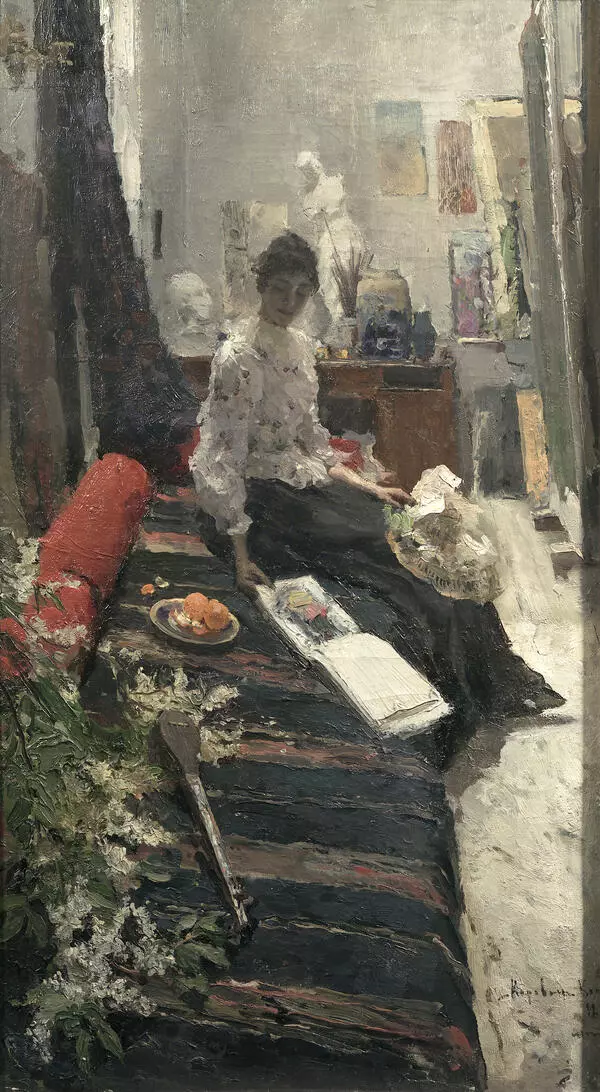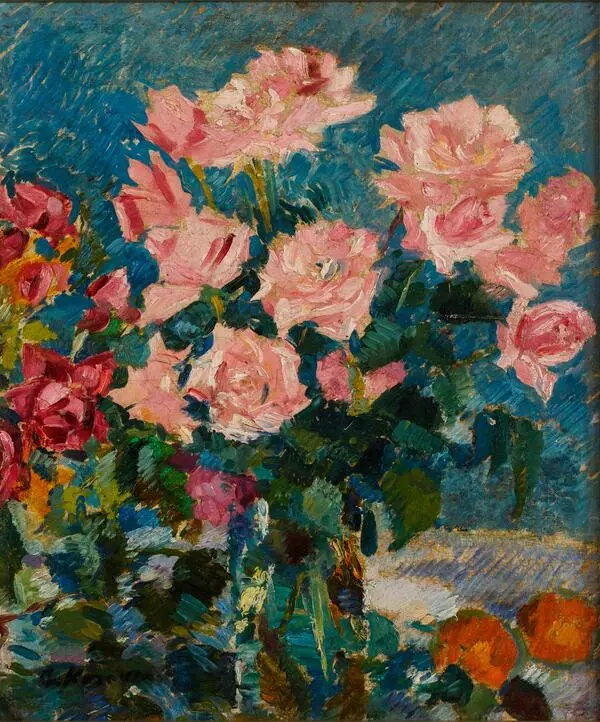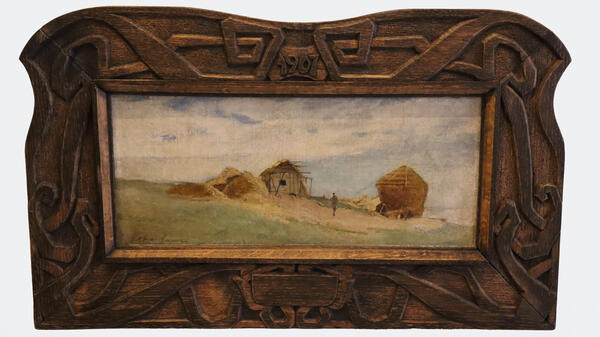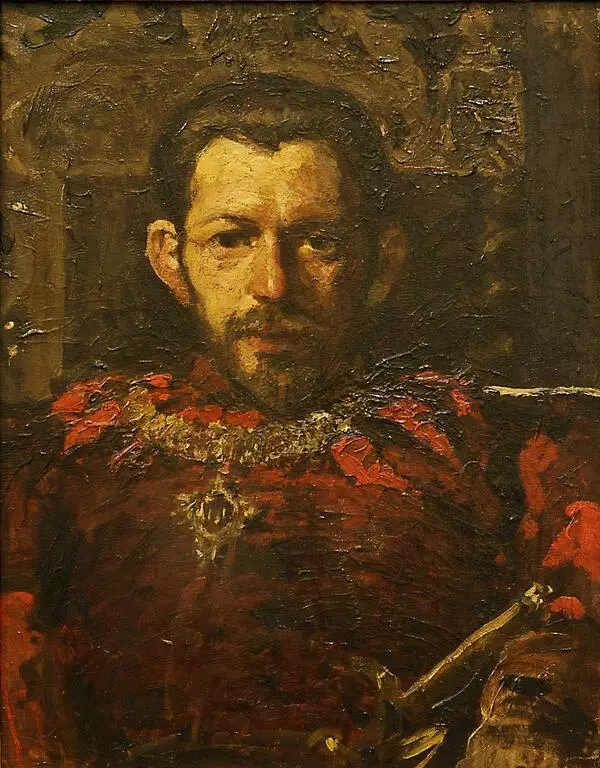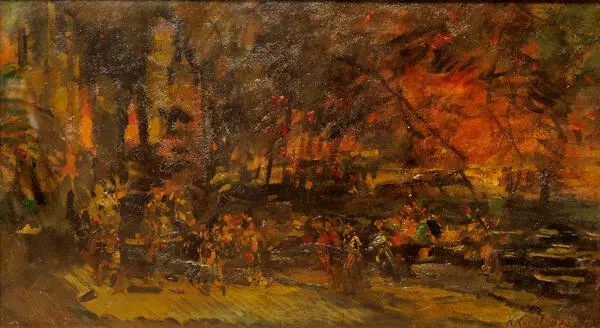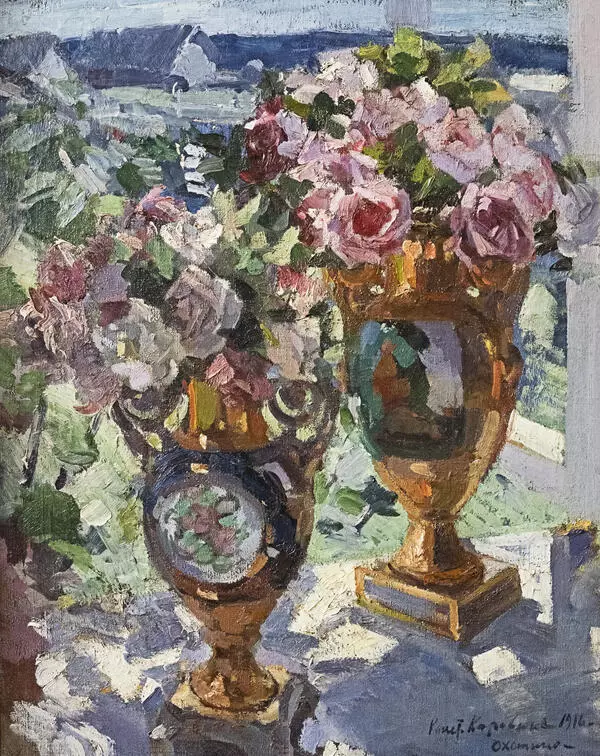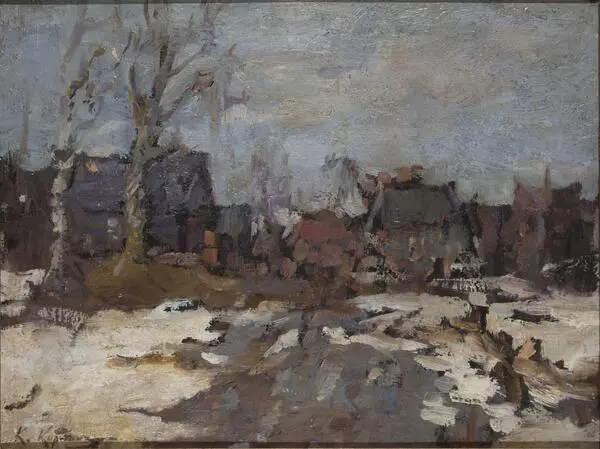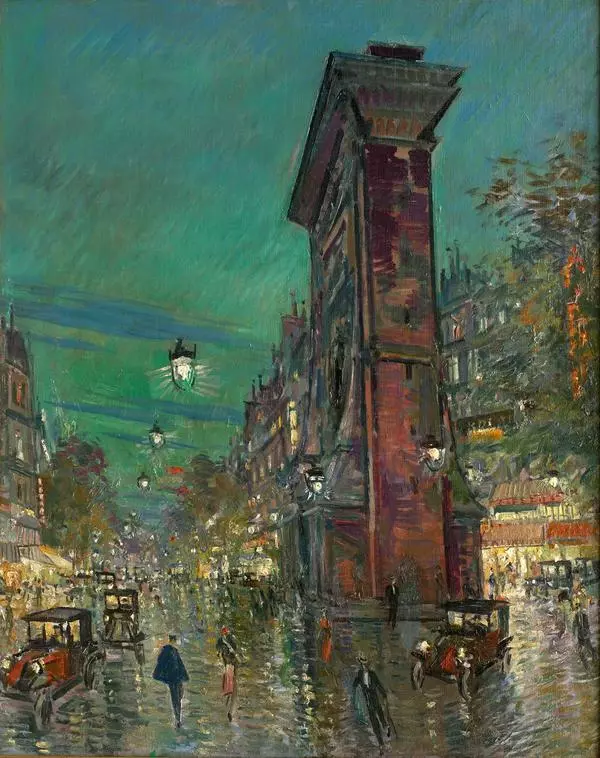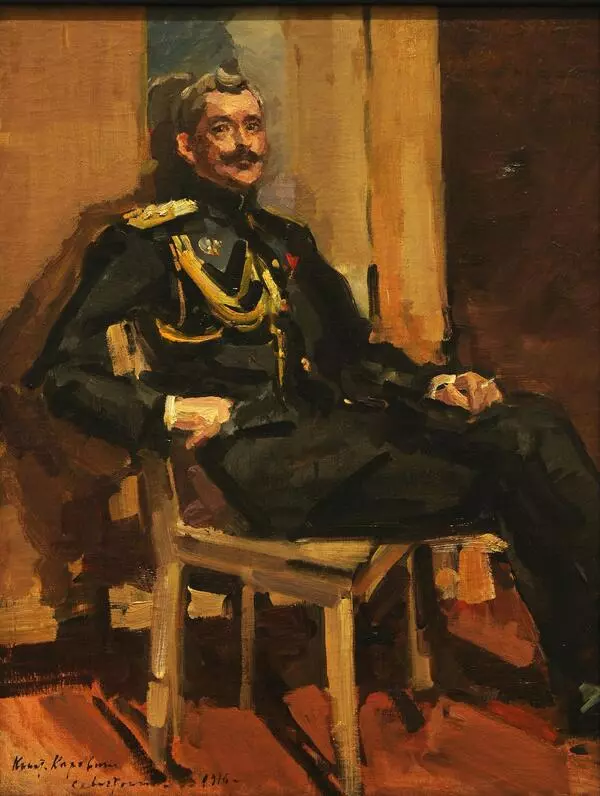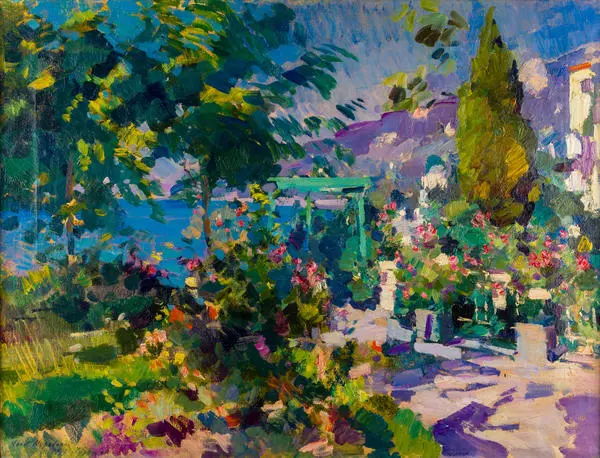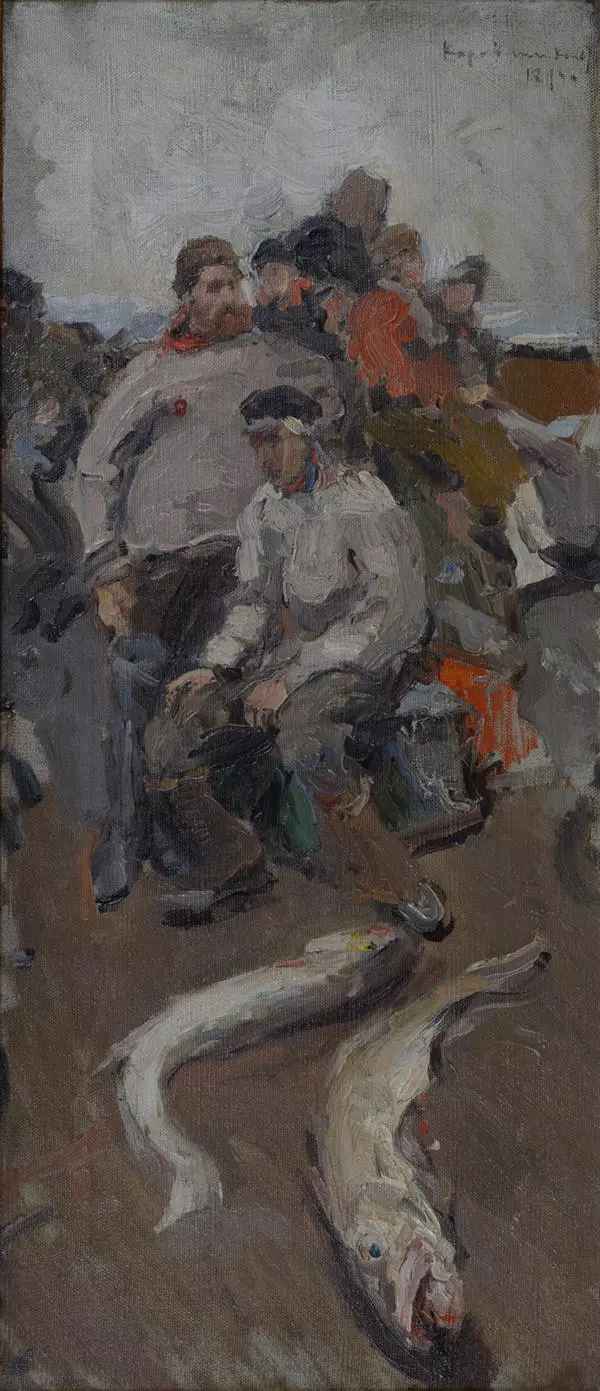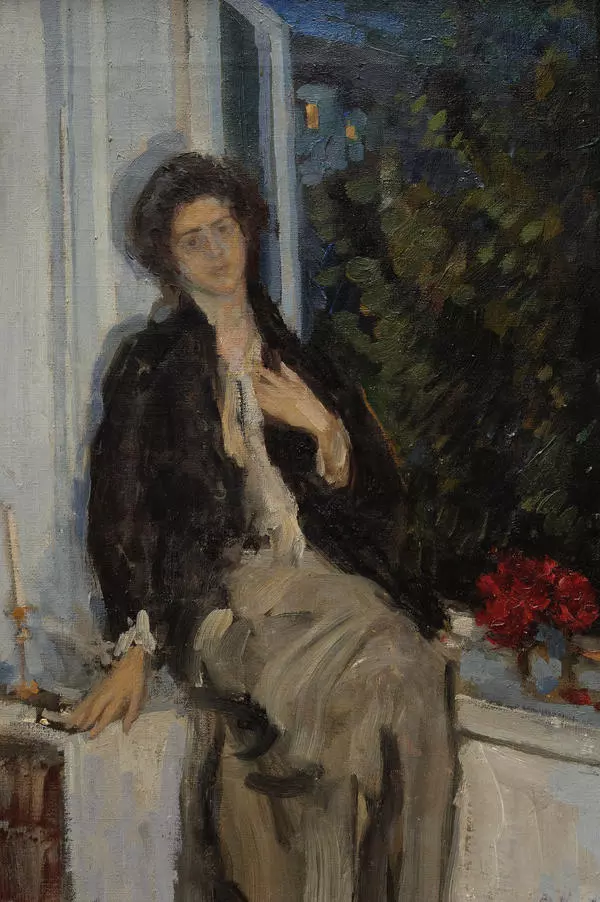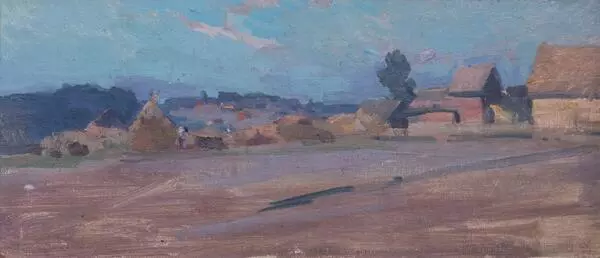Konstantin Korovin is the quintessential artist of the turn of the 20th century. He was constantly seeking perfection, striving to reform the language of painting, and synthesizing various types of creative work. The artist left an indelible mark on every art form he worked with, including painting, architecture, exhibition pavilions, and scenic design. In the last years of his life, Korovin abandoned painting due to poor eyesight and devoted himself to literature, writing over 400 short stories.
Konstantin Korovin was born into a wealthy merchant family in the year when serfdom was abolished in Russia. After his father went bankrupt, they moved from Moscow to the countryside where the young Konstantin started painting. At the age of 14, he enrolled at the Architecture Department of the Moscow School of Painting, Sculpture and Architecture and a year later transferred to the Painting Department. His fellow students included Isaac Levitan and Valentin Serov who remained his close friends and artistic partners for years to come.
Having visited Paris, Korovin maintained an emotional connection with this city throughout his entire life. The influence of Impressionism changed his painting style dramatically which initially drew criticism from conservative art experts. Korovin is considered to be the first Russian Impressionist; his paintings project the endless play of light and fleeting tones of color. He was awarded the Legion of Honor by the French government, achieved success at numerous exhibitions, and moved to Paris after the Russian Revolution.
Konstantin Korovin transformed the scenic design into a painting genre of its own. He produced stage designs for the Bolshoi Theater in Moscow, the Mariinsky Theater in Saint Petersburg, and La Scala in Milan. Korovin considered this work to be pure art and helped to establish a position of a scenic designer responsible for creating sketches for costumes and set design.
The painter Mikhail Nesterov described Korovin in the following way,
Konstantin Korovin was born into a wealthy merchant family in the year when serfdom was abolished in Russia. After his father went bankrupt, they moved from Moscow to the countryside where the young Konstantin started painting. At the age of 14, he enrolled at the Architecture Department of the Moscow School of Painting, Sculpture and Architecture and a year later transferred to the Painting Department. His fellow students included Isaac Levitan and Valentin Serov who remained his close friends and artistic partners for years to come.
Having visited Paris, Korovin maintained an emotional connection with this city throughout his entire life. The influence of Impressionism changed his painting style dramatically which initially drew criticism from conservative art experts. Korovin is considered to be the first Russian Impressionist; his paintings project the endless play of light and fleeting tones of color. He was awarded the Legion of Honor by the French government, achieved success at numerous exhibitions, and moved to Paris after the Russian Revolution.
Konstantin Korovin transformed the scenic design into a painting genre of its own. He produced stage designs for the Bolshoi Theater in Moscow, the Mariinsky Theater in Saint Petersburg, and La Scala in Milan. Korovin considered this work to be pure art and helped to establish a position of a scenic designer responsible for creating sketches for costumes and set design.
The painter Mikhail Nesterov described Korovin in the following way,
